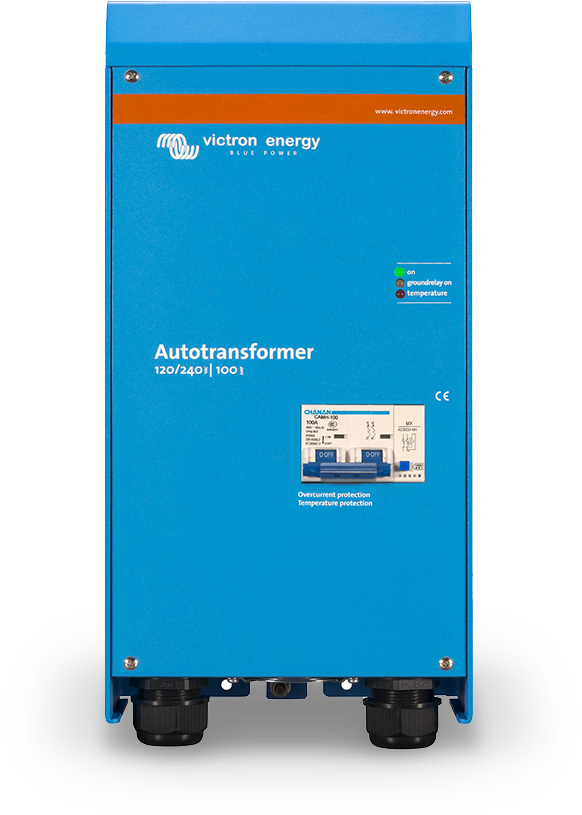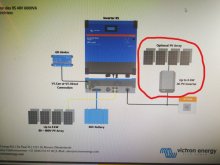gnubie
Solar Wizard
- Joined
- Sep 20, 2019
- Messages
- 3,847
If you could find a beefy enough transformer with the right voltages it'd be completely possible to slap a 240 to 120-0-120 transformer on the Victron's output but TANSTAAFL. The 2nd transformer would have it's own losses and idle draw so that would ruin the Victron's quite good idle draw. As already noted Victron has an autotransformer, but I wonder what the change in frequency from 50Hz to 60Hz does for the magentics in the inverter's internal toroidal transformers from an efficiency point of view.






